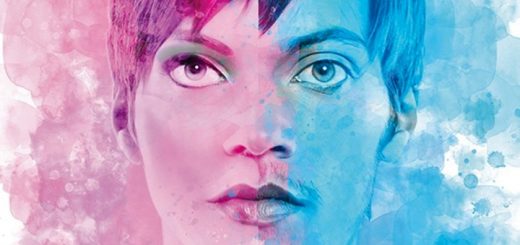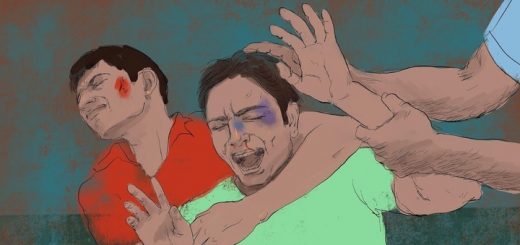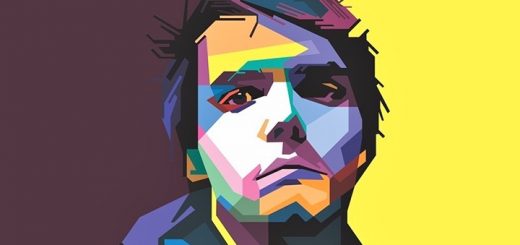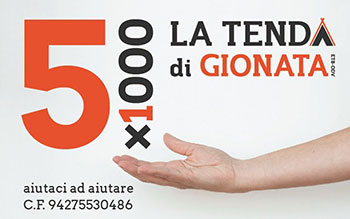Stereotypes on homosexuality and homosexuals. Shortcut of thought
Reflections* by Luca Pietntoni taken from "Psychosocial attitudes towards homosexuality"In the Catholic magazine Credereoggi n.116, March-April 2000, pp.8-11
Stereotypes are beliefs, tendentially negative, which lead to rigid and undue generalizations against a specific social group. The stereotypes and ordinary places that exist on homosexuality are important for understanding the phenomena of distance and social exclusion to which not only homosexual people are subjected, but also the people who are considered such although not being not.
Psychosocial research, which study the attitude of people towards homosexuals, are faced with a first difficulty as the word "homosexual" already in itself contains a first, strong stereotyping, i.e. the implicit male declination , The term is often interpreted to indicate homosexual males, even if homosexuality itself concerns men and women in equal measure. The stereotypical beliefs about homosexual people are numerous and varied.
In most cases they are negative, although there are some generally positive ones such as sensitivity, intelligence, artistic temperament.
The most common stereotypes attribute to homosexual people characteristic of the other sex. The "non -femininity" of the lesbians is reflected in a set of beliefs: the lesbians do not wear makeup, do not care, have short hair, they are oily, play football, are not maternal. Regarding gay men, for example, it is believed that they dress in an extravagant way, that they have female physical traits, love cooking and home or futile things, do not stand pain, etc. Consistent with these stereotypes, homosexual orientation is often associated with particular professional choices: gay men are all stylists, hairdressers, furnishings, nurses; The lesbians are all truck drivers, metalworkers, football players.
The homosexual population actually shows aspects of great heterogeneity within it: if on the one hand there are people who have "atypical" ways and appearances with respect to social conventions on what is male or female, on the other there are homosexual people with attitudes and behaviors very compliant with gender standards.
Based on stereotypes, homosexual people are perceived as people characterized by traits of social isolation personality (sun, insecure, weak) or deviance (nonconformist, transgressive).
In fact, some homosexuals can live situation of great discomfort in their inner world becoming depressed, shy or anguished or taking on a demanding attitude. These characteristics often do not have to do with homosexuality itself but are the expression of the strategies that the person adopts to face the social context perceived as not very welcoming and safe.
Finally, a set of stereotypical beliefs concerns the causes of homosexuality. Often it is believed that men have a latent fear of women and lesbians have gained hatred towards men.
Or that homosexual people have become such due to childhood trauma, a desire for parents to have children of the opposite sex, an incorrect education or a relationship disturbed with the mother or father.
None of these theories received an exhaustive demonstration from a scientific point of view. Their popular origin is evidenced by the fact that these theories sometimes contain elements of contradiction: for example, gay men are believed to prefer men following abuse of adult men and on the other who are not attracted to women because they are traumatized states.
A common belief describes homosexual people as an eager to woo, circulate and "convert" heterosexual people to homosexuality, as people motivated by an intention of "proselytism".
In most cases, the homosexual person seeks other people with the same sexual orientation in order to have reciprocity -based relationships and therefore is not interested in changing the sexual orientation of others.
Analyzing the history of stereotypes of various social categories (black, Jews, etc.), some scholars have pointed out that in many cases it is referred to the negatively connoted ideas of "seduction" and "bad influence".
A stereotype on homosexuality, in fact, particularly rooted in our culture on which it is worth dwelling is what sees male homosexuality associated with children's pedophilia or harassment. In this perspective, homosexual people are described as a threat to more vulnerable members of society and therefore activate a sense of danger and social deprecation.
Research in the clinical field has shown that most sexual abuse towards minors are carried out by adult men, generally family or acquaintances, and mainly concerns girls.
Even when sexual abuse by adult men is aimed at male children, it is misunderstanding to define it as "homosexual harassment" since it implies that the person who abuses has a homosexual orientation by not distinguishing between the sex of the victim and the sexual orientation of the abusant.
Many children's harassers have not developed mature relationships with adults, nor with men or women, but only methods of violence and undifferentiated abuse; They are often people who have stories of great mental discomfort and passed on violence suffered.
Even if there is documented evidence that child abuse has nothing to do with the sexual orientation of adults, the stereotype of homosexual pedophile "continues to negatively influence the opinion on homosexuality, just think of the public debates on the "adequacy" of homosexual people to teach in schools.
.
* You will have heard that gay men are all stylists, hairdressers, furnishings or that lesbians are all truck drivers, metalworking, football players. These are some of the stereotypes and clichés that exist on the homosexuality from which we must start to understand the phenomena of social exclusion to which homosexual people or those who are considered such, although not being it, are subjected.






